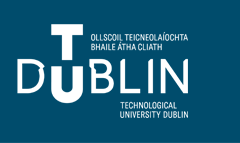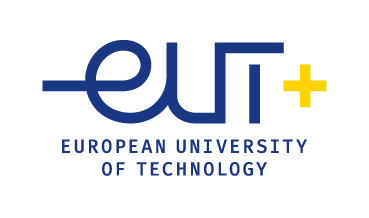Original Title
Методи и средства за регистриране, измерване, обработка и оценка на термографска информация с приложение в системи за медицинска диагностика и екология
Document Type
Book
Creative Commons License

This work is licensed under a Creative Commons Attribution-NonCommercial-No Derivative Works 4.0 International License.
Disciplines
1.2 COMPUTER AND INFORMATION SCIENCE
Abstract
Chapter 1. General principles in methods and means for recording, measuring and processing thermographic information. Applications of thermography, mainly in the fields of medicine and ecology, are presented. Problems related to the accuracy of measurement with an infrared camera are discussed. External (Atmosphere, Physical characteristics of body coverings, Geometric factors, Environment, Infrared characteristics of the object under study and Behavioral factors) and internal (Stressor, Blood circulation, Physical activity, Sweating, etc.) factors that affect the accuracy of measurement are described. The causes leading to errors in thermographic measurements are analyzed, the main ones being: water vapor, ozone and carbon dioxide in the atmosphere. An analysis is made of the methods and means of recording, measuring, processing and evaluating thermographic information with applications directed to the fields of medical diagnostics and ecology. Methods of diagnosis by analysis of data provided by the thermal camera are discussed. An approach using a system of small satellites and specialized drones for environmental monitoring is proposed. The analysis shows the relevance and wide application of thermography in fields such as medicine, ecology, industry and many others. The existing methods and tools presented in the literature poorly cover those proposed in the monograph. Based on the findings, this monograph proposes to develop the following new methods and tools in the field of thermography:
1. Development of methods and tools for recording, measuring, processing and evaluating thermographic information for application in medical diagnostic systems.
2. Development of methods and means for recording, measuring, processing and evaluating thermographic information for application in environmental systems.
Chapter 2. Development of methods and means for recording, measuring, processing and evaluation of thermographic information for application in medical diagnostic systems.
The influence of mental workload on deviations in infrared thermography of the human face is investigated. A methodology has been developed whereby thermographic imaging of the change in skin surface temperature of specific areas of the human face allows the recording of the change in brain activity. It has been applied in reliable mechanisms to assess the impact of various thought processes on the mind and hence on the physiological responses of the human body. The proposed methodologies would contribute to the improvement of diagnostics using biofeedback systems.
Chapter 3. Development of methods and tools for recording, measuring, processing and evaluation of thermographic information for application in ecological systems.
1. A model using multiple sensors to measure different objects or areas is proposed. This allows to reduce the measurement error of the same area of the object in question. The reduction of the variance of the resulting signal when the number of independently measuring sensors increases is calculated.
2. A block diagram of a module for non-contact surface temperature measurement of distributed objects in a thermal zone within a room in a building is developed. The module has been designed and integrated as part of a larger building energy efficiency, monitoring and management system. Measurement of several zones of interest simultaneously is implemented in order to search for connections related to cooling or heating.
3. An optoelectronic system model has been developed for sensing passing objects, in particular vehicles. Some of the problems and their corresponding solutions in creating a prototype system for counting objects based on optical emission are described. Experimental research related to the counting of cars for the purpose of traffic counting its reduction is conducted.
4. A methodology has been developed to cover large areas and many objects using infrared thermography to detect objects with temperatures significantly
DOI
https://doi.org/10.21427/fy2p-tg50
Recommended Citation
Kolev, S. (2022). Methods and means for registration, measurement, processing and evaluation of thermographic information with application in systems for medical diagnostics and ecology. EUt+ Academic Press. isbn: 978-619-92237-4-1 pbk isbn: 978-619-92237-5-8 pdf doi:10.21427/fy2p-tg50


